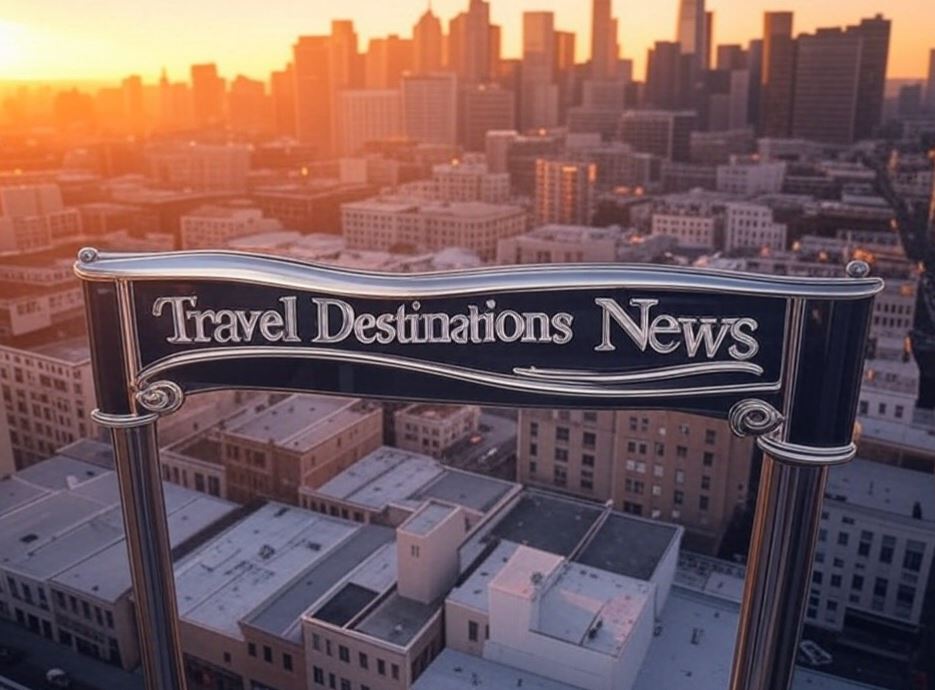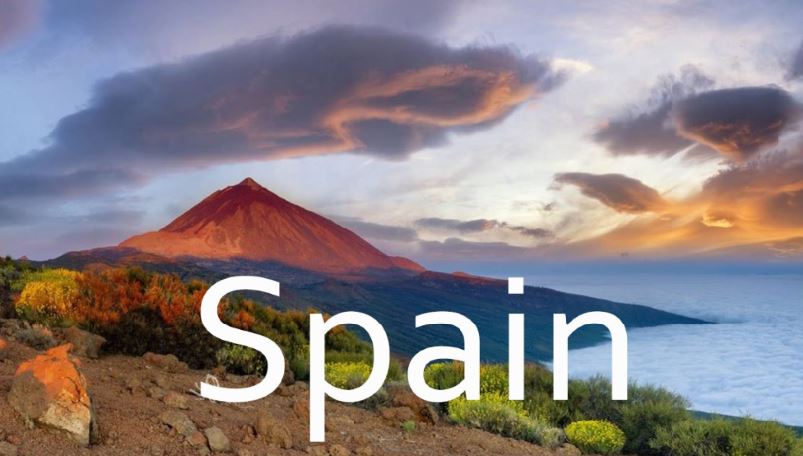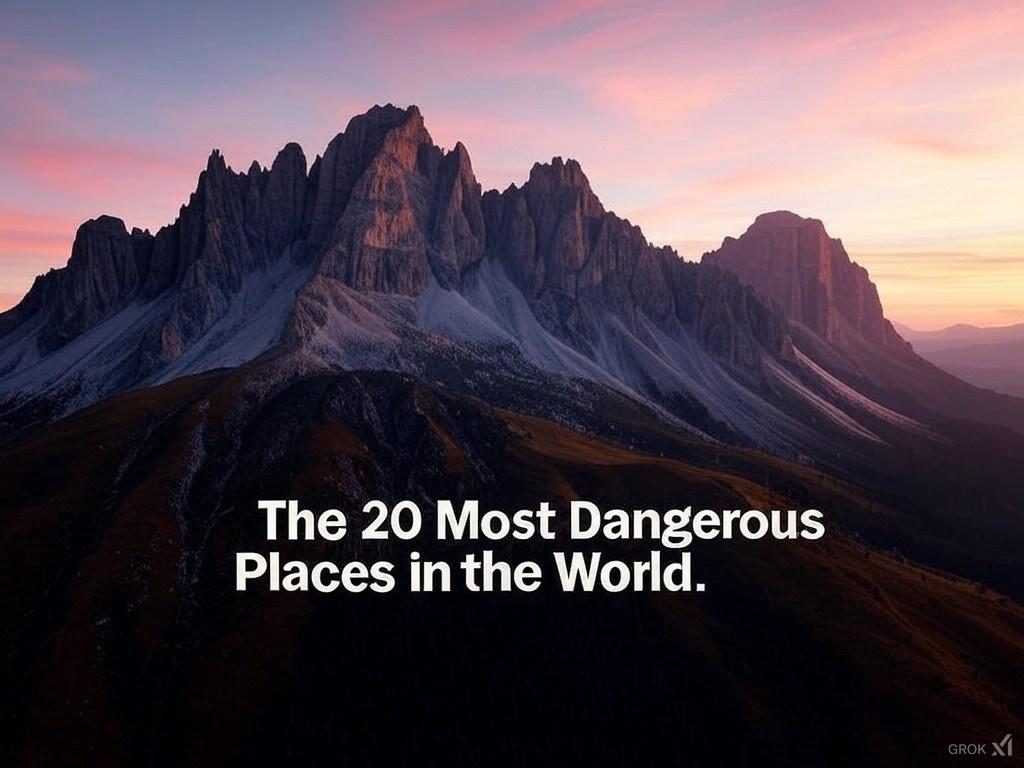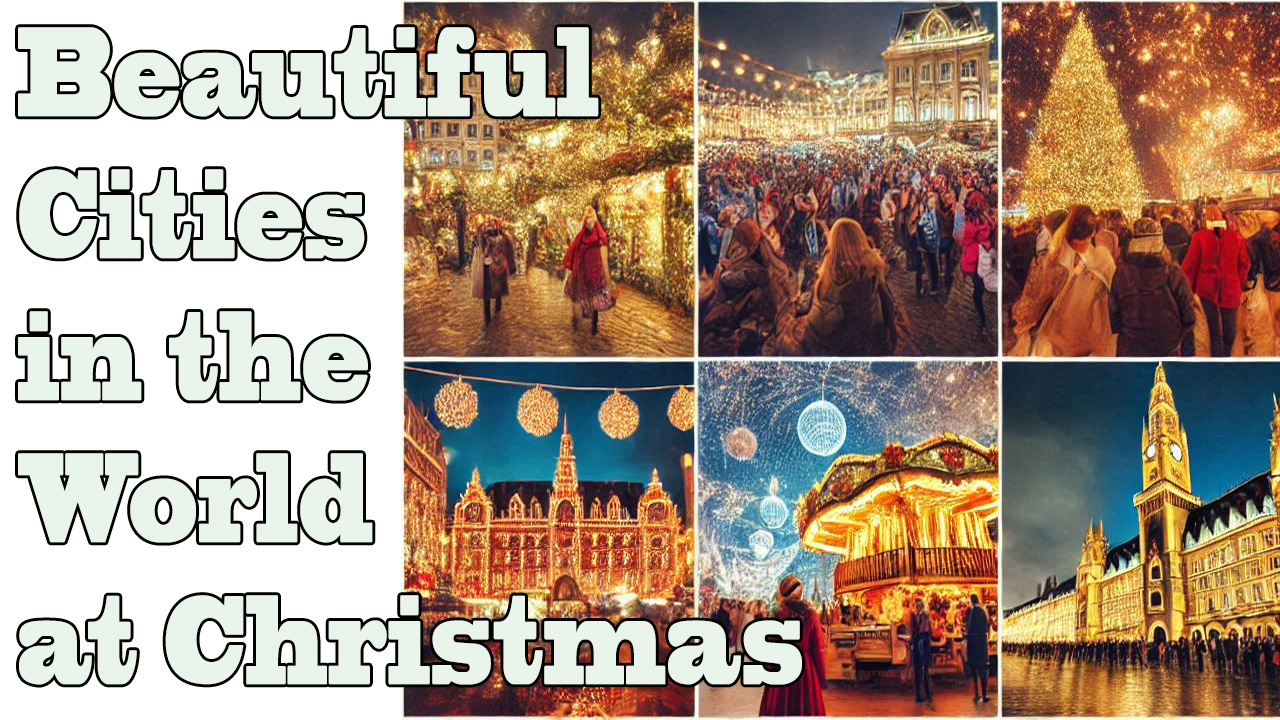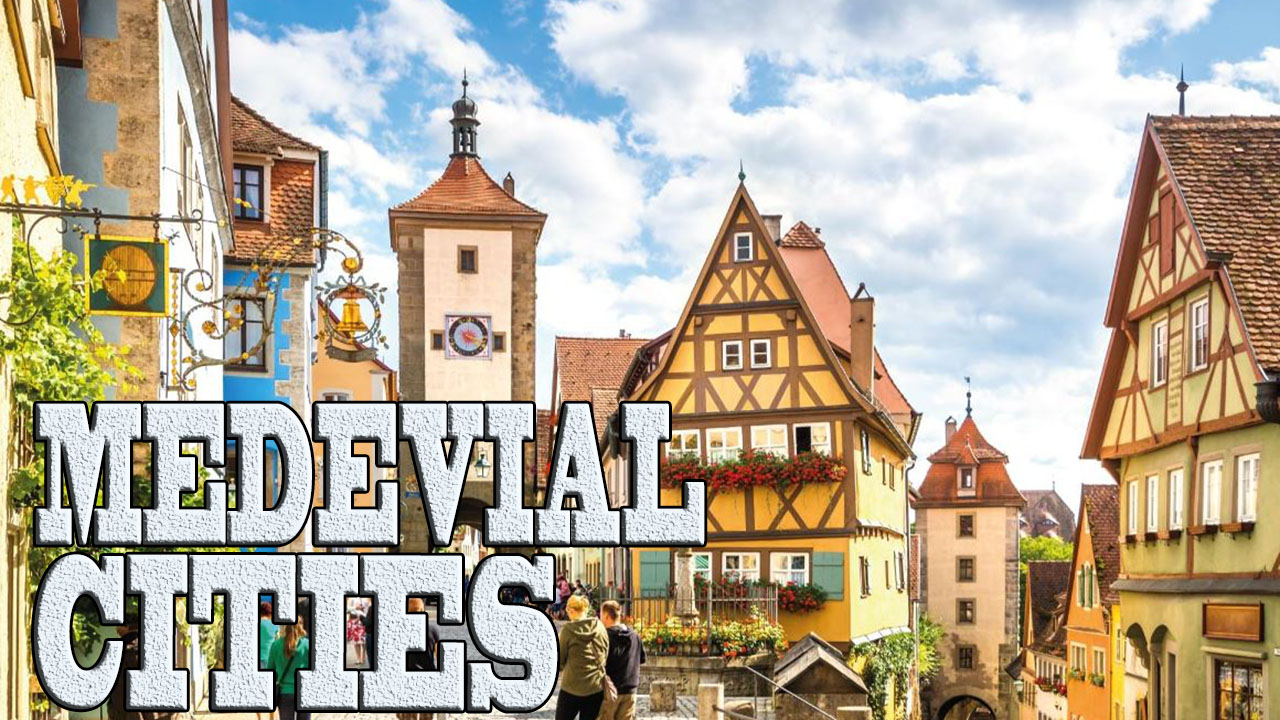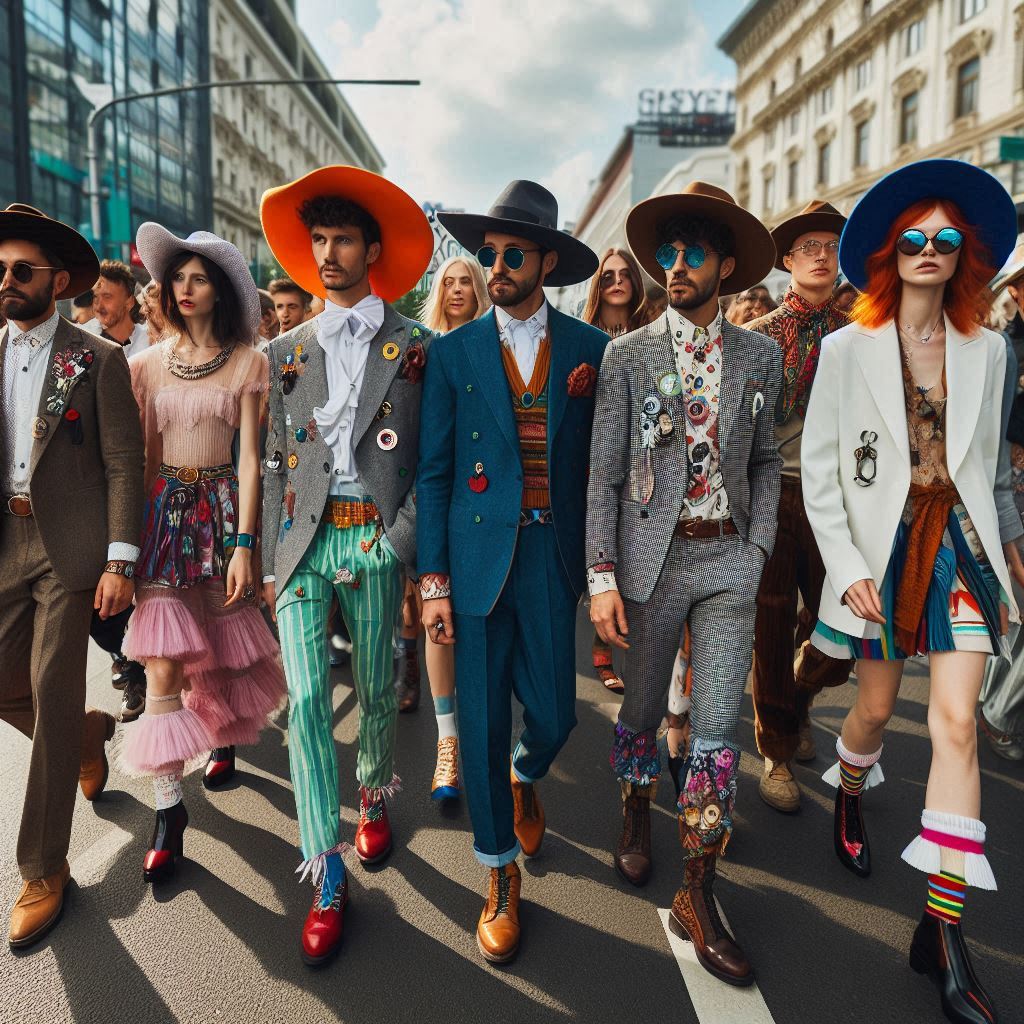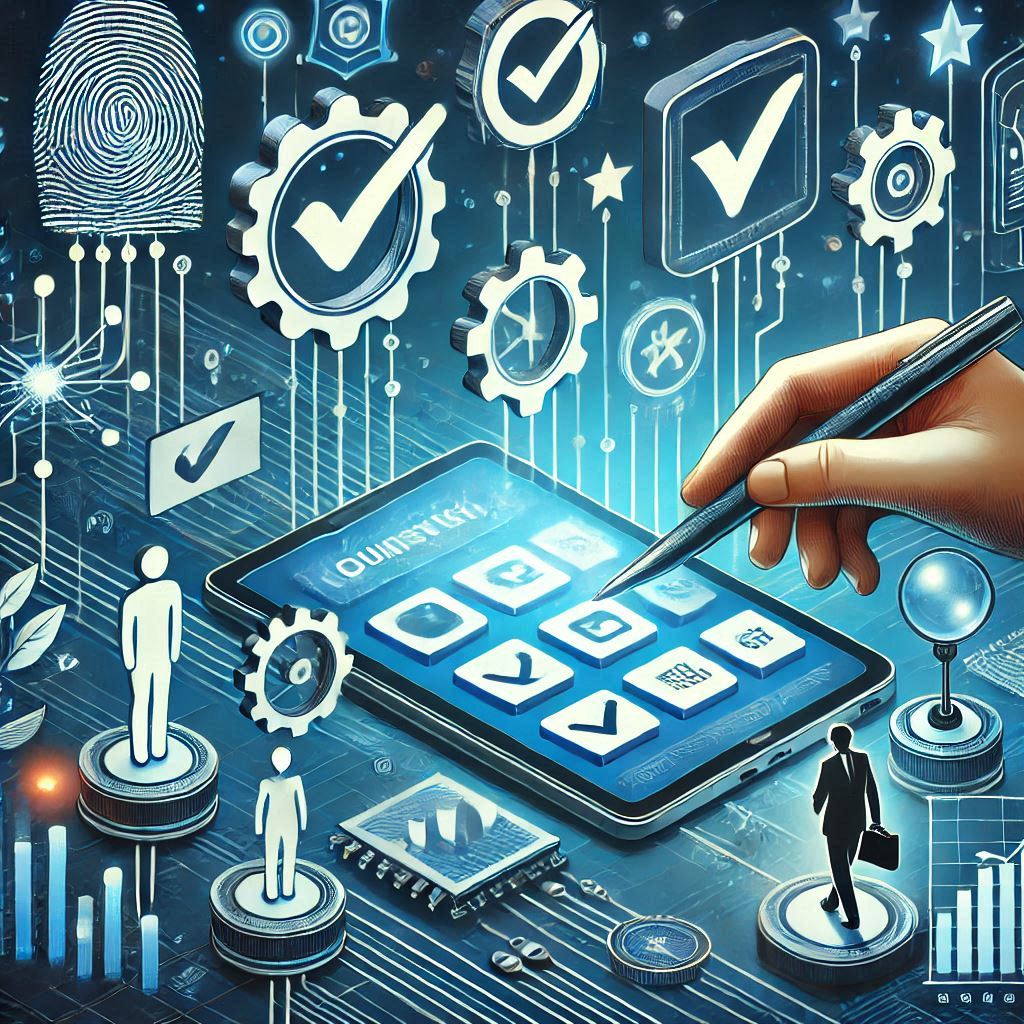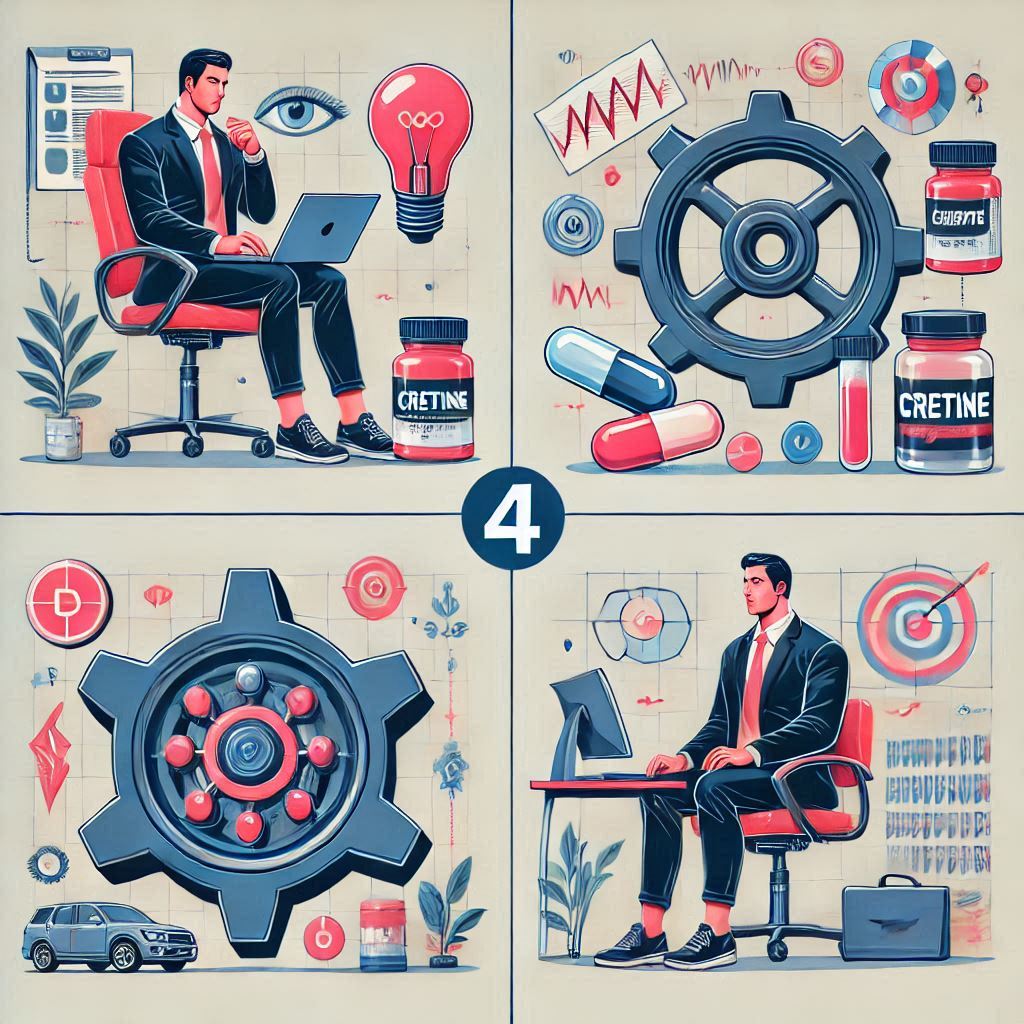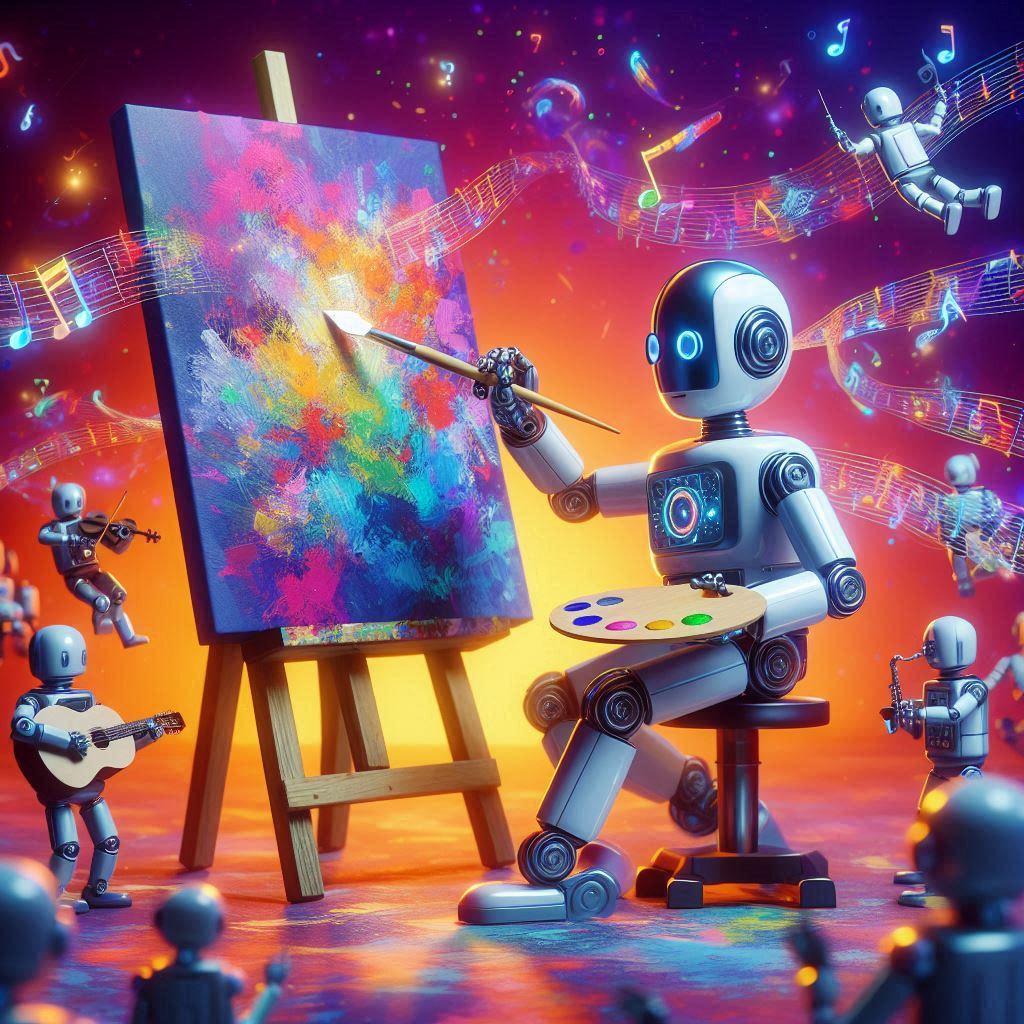
The Rise of AI in Creative Fields
Generative AI is revolutionizing creative industries, offering new tools and possibilities that were once unimaginable. From visual arts to music composition, writing to game design, AI is not just assisting human creators but is becoming a creative force in its own right. This technological leap is reshaping how we think about creativity, authorship, and the very nature of art itself.
Visual Arts: A New Canvas
In the realm of visual arts, generative AI tools like DALL-E, Midjourney, and Stable Diffusion are pushing the boundaries of what's possible. Artists are using these tools to generate unique images, explore new styles, and even create entire exhibitions of AI-assisted artwork. This has sparked debates about the nature of creativity and the role of human input in the artistic process.
Music Composition: Harmonizing with Algorithms
The music industry is experiencing a paradigm shift with AI-powered composition tools. These systems can generate original melodies, harmonies, and even entire songs in various genres. While some fear this might replace human composers, many musicians are embracing AI as a collaborative tool, using it to overcome creative blocks and explore new musical territories.
Writing and Content Creation: The AI Co-Author
Generative AI is making significant inroads in writing and content creation. Tools like GPT-3 and its successors are being used to generate everything from marketing copy to creative fiction. This has led to increased productivity in content creation but also raises questions about originality and the future of human writers in various industries.
Film and Animation: Reimagining Production
In film and animation, generative AI is streamlining production processes and opening up new creative possibilities. From generating storyboards to creating realistic visual effects, AI is becoming an indispensable tool in the filmmaker's arsenal. Some projects are even experimenting with AI-generated scripts and characters.
Game Design: Procedural Worlds and NPCs
The gaming industry is leveraging generative AI to create vast, dynamic worlds and more realistic non-player characters (NPCs). AI algorithms can generate diverse landscapes, unique quests, and NPCs with complex behaviors, leading to more immersive and replayable gaming experiences.
Fashion and Design: AI-Inspired Creativity
Fashion designers and product developers are using generative AI to create new patterns, styles, and even entire clothing lines. This technology is helping to speed up the design process and inspire new creative directions that might not have been considered otherwise.
Advertising and Marketing: Personalized Campaigns
In advertising and marketing, generative AI is being used to create personalized content at scale. From generating ad copy to designing visuals tailored to specific audience segments, AI is enabling more targeted and effective marketing campaigns.
Ethical Considerations and Challenges
The rise of generative AI in creative industries is not without its challenges. Issues of copyright, attribution, and the potential displacement of human creators are at the forefront of discussions. There are also concerns about the environmental impact of training large AI models and the potential for AI-generated content to be used for misinformation.
The Future of Human-AI Collaboration
As generative AI continues to evolve, the future points towards a collaborative model where human creativity is augmented by AI capabilities. This symbiosis could lead to new forms of art and expression that we have yet to imagine. The key will be finding the right balance between human intuition and AI efficiency.
